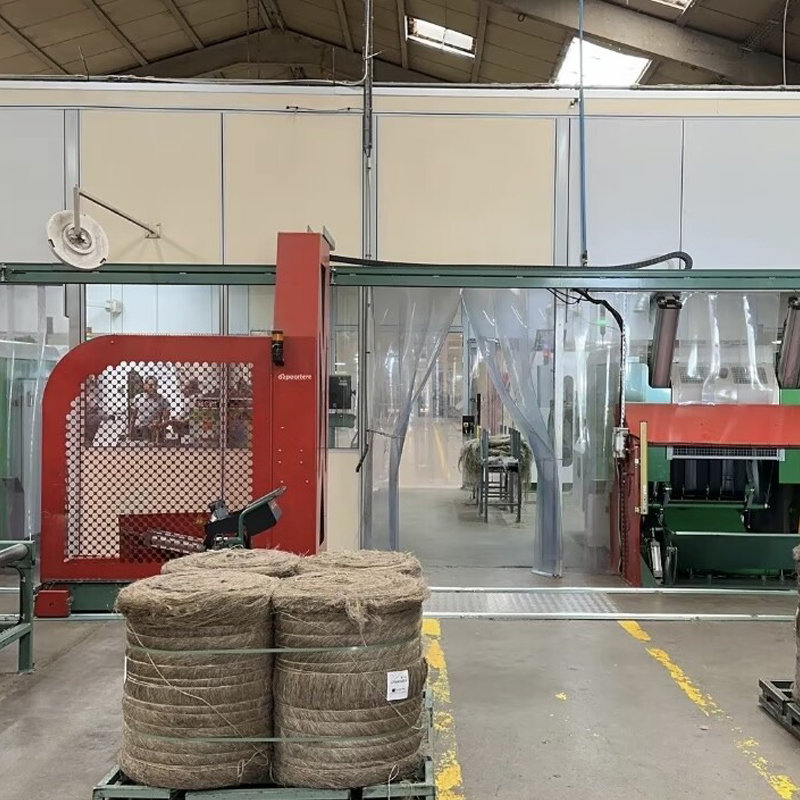Choosing the Ideal Fabric for Curtains Exploring Linen Options for Style and Functionality
aug . 14, 2024 04:54 Back to list
Choosing the Ideal Fabric for Curtains Exploring Linen Options for Style and Functionality
The Best Fabric for Curtain Linen A Guide to Choosing the Perfect Curtain Material
When it comes to decorating our homes, curtains play an essential role in enhancing the aesthetic appeal of any room. Among various fabric options available, linen stands out as a timeless and versatile choice. Its natural texture, elegant drape, and durability make it ideal for window treatments. In this article, we will explore why linen is the best fabric for curtains and how to choose the right type for your home.
The Benefits of Linen Curtains
1. Natural Aesthetic Linen is made from the fibers of the flax plant, giving it a unique, rustic charm that fits well with different interior styles, from modern minimalism to classic rustic. Its subtle wrinkle and organic look add a touch of sophistication and warmth to spaces.
2. Light and Airy One of the standout features of linen curtains is their ability to filter light while maintaining privacy. The airy nature of linen allows soft illumination to fill a room without overwhelming glare, creating a serene and inviting atmosphere.
3. Durability Linen is known for its strength and longevity. Unlike synthetic fabrics, linen can withstand the test of time, making it an excellent investment. With proper care, linen curtains can last for years, developing a beautiful patina that adds character.
4. Breathability Being a natural fiber, linen is breathable and moisture-wicking, making it ideal for use in various climates. It helps regulate temperature, ensuring that living spaces remain comfortable regardless of the season.
5. Eco-Friendly Choice As a natural fabric, linen is biodegradable and produced from a renewable resource. Choosing linen curtains is an eco-conscious decision that aligns with sustainable living practices.
Choosing the Right Linen for Curtains
best fabric for curtain linen

While linen is undoubtedly a great choice for curtains, not all linen fabrics are created equal. Here are some factors to consider when selecting the best linen for your curtains
1. Weight Linen comes in various weights, from light to heavy. Lighter weights create an ethereal look, perfect for airy spaces or sheer curtains. Heavier linens, on the other hand, provide more structure and are suitable for more formal settings. Consider how you want your curtains to look and behave before making a choice.
2. Color and Pattern Linen is available in a wide range of colors and patterns. Neutral tones like beige, gray, and white are versatile and can easily complement existing decor. If you're looking for something more vibrant, consider bold hues or patterns to make a statement.
3. Blend vs. 100% Linen Many linen fabrics are blended with other fibers, such as cotton or polyester. While blends can offer benefits like increased durability and reduced wrinkling, 100% linen provides the authentic texture and appearance that many homeowners desire. Think about your priorities in terms of care and aesthetics when choosing between the two.
4. Maintenance Linen does wrinkle easily, which is part of its charm, but it may require regular ironing to maintain a crisp look. If you're concerned about maintenance, look for linen blends that are pre-washed or treated for wrinkle resistance.
5. Budget When choosing linen for curtains, consider your budget. While high-quality linen can be a bit pricier, the investment pays off in durability and style. Keep an eye out for sales and consider sourcing fabric from reputable outlets to find the best deals.
Conclusion
In conclusion, linen is an exceptional choice for curtains due to its natural beauty, durability, and eco-friendliness. By understanding the nuances of different linen fabrics and considering factors like weight, color, and maintenance, you can select curtains that not only enhance your home's aesthetic but also provide long-lasting comfort and style. Whether you're dressing up a cozy bedroom or adding refinement to a living area, linen curtains are sure to elevate your space.
-
Wholesale Bamboo Bed Sheet Sets | Eco-Luxury Comfort
NewsAug.01,2025
-
Premium Stone Washed Fabric - Soft & Durable Style
NewsJul.31,2025
-
Authentic Handcrafted Indian Block Print Napkins | Shop Artisan Style
NewsJul.31,2025
-
Premium Bath Towel for Home & Hotel Use - Soft & Absorbent Bathtowel
NewsJul.30,2025
-
Premium Bedding Sets Collections Cotton – Soft, Durable, Eco-Friendly
NewsJul.29,2025
-
Premium Linen Napkins & Table Linens – Wedding, Bulk Buy, Custom Embroidery
NewsJul.29,2025
